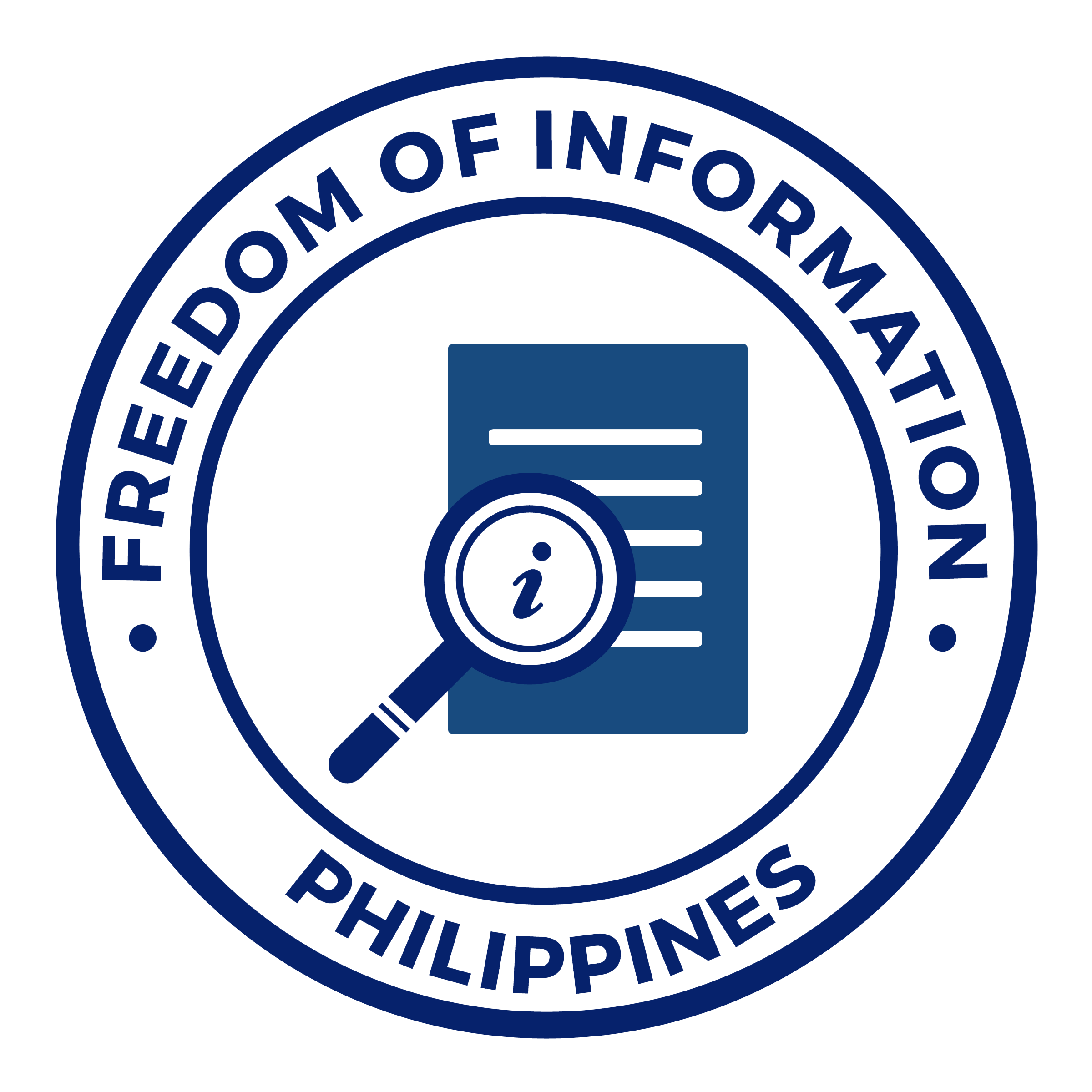NEWS AND UPDATES
DOST-PCHRD highlights projects on digital health solutions leveraging on partnerships
The Department of Science and Technology- Philippine Council for Health Research and Development (DOST-PCHRD) showcased projects on digital health solutions leveraging partnerships with the public sector and the communities as part of its 41st anniversary celebration on 17 March 2023.
Aligned with the anniversary theme “PCHRD Beyond XL: Transforming Healthcare through Digitalization,” the technical session entitled, “Bringing Digital Solutions Closer to the People” featured the DOST-PCHRD-supported projects RabCast, Remote Retinal Evaluation Collaboration in Health: Diabetic Retinopathy (REACH-DR), and Local Government Unit-mandated eHealth Networked Services for Universal Health Care (UHC LehNS). The speakers, representing each project, discussed how each digital technology impacts healthcare among Filipino communities.
Digitalization in the fight against rabies
The RabCast, initiated by the University of the Philippines Mindanao (UP Mindanao), is a forecasting tool developed to guide the formulation of rabies control strategies in Davao City. It uses a dashboard called RabDash, which displays genome informatics, model predictions, and data analytics that can be accessed by the Davao City Veterinary Office (CVO) and other authorities.
According to RabCast project leader Dr. May Anne E. Mata, the technology helped in the efficient monitoring of the spread of rabies in the city. “CVO needs reliable surveillance data and a tool that will assist them in their decision making, especially in strategic planning,” she said. By digitizing rabies surveillance, the technology addresses the possibility of errors in manual data gathering, lack of manpower, gaps in relating the rabies cases with intervention efforts, and lack of information of the spread of rabies in the city.
The RabCast team conducted the soft-launching of the technology in partnership with the Davao Sangguniang Panglungsod last November 2022, where CVO personnel were trained on how to use the RabDash.
Digitalization in diabetes eye care
Aiming to establish an inclusive telemedicine screening program for diabetic retinopathy (DR), the REACH-DR project by the Philippine Eye Research Institute (PERI) ), in collaboration with the Queen’s University of Belfast of the United Kingdom (UK), implemented a validated artificial intelligence (AI) algorithm for DR screening. The technology intends to increase access to DR screening to improve eye care among patients with diabetes.
“Optimal medical control of diabetes with appropriate eye care can reduce the risk of vision loss by over 96%,” said project leader Dr. Paolo Antonio Silva. “Routine and lifelong eye examinations are crucial in achieving these outcomes,” he added, emphasizing the importance of accessible and inclusive eye care programs in communities.
The project found that the algorithm deployed by the REACH DR team can accurately screen the presence of DR, supporting prompt eye care referral and positive outcomes for patients.
Digitalization in pursuit of UHC
Derived from the eHealth TABLET for Informed Decision-Making of Local Government Units or eHATID LGU project which developed an electronic medical record systems for Geographically Isolated and Disadvantaged Areas (GIDAs), the Ateneo de Manila University- Institute of Philippine Culture launched the Smarter and Integrated Local Health Information Systems (SMILHIS).
The SMILHIS is an LGU-managed interoperability layer designed to enhance the information management of local health systems and enable informed decision-making by local chief executives. The eHATID has partnered with the LGUs of Pulilan, Bulacan; Cagayan De Oro City, and Province of Pangasinan.
“What we are trying to do is to integrate all of those [digital technologies] and to provide an architecture that will enable the LGUs to maximize the use of all of the technologies they currently have,” said eHATID project member Mr. Philip Christian Zuniga.
Furthering assistance to LGUs in the integration of digital health solutions, the team expanded eHATID and redesigned the eHatid in order to comply with the implementation of the UHC. Accordingly, the UHC LeHNS or Local Government Unit-mandated eHealth Networked Services for Universal Health Care was born. The project initiated major reforms such as the establishment of provincial-level and city-level health information systems that facilitate information exchange between the province’s health institutions.




